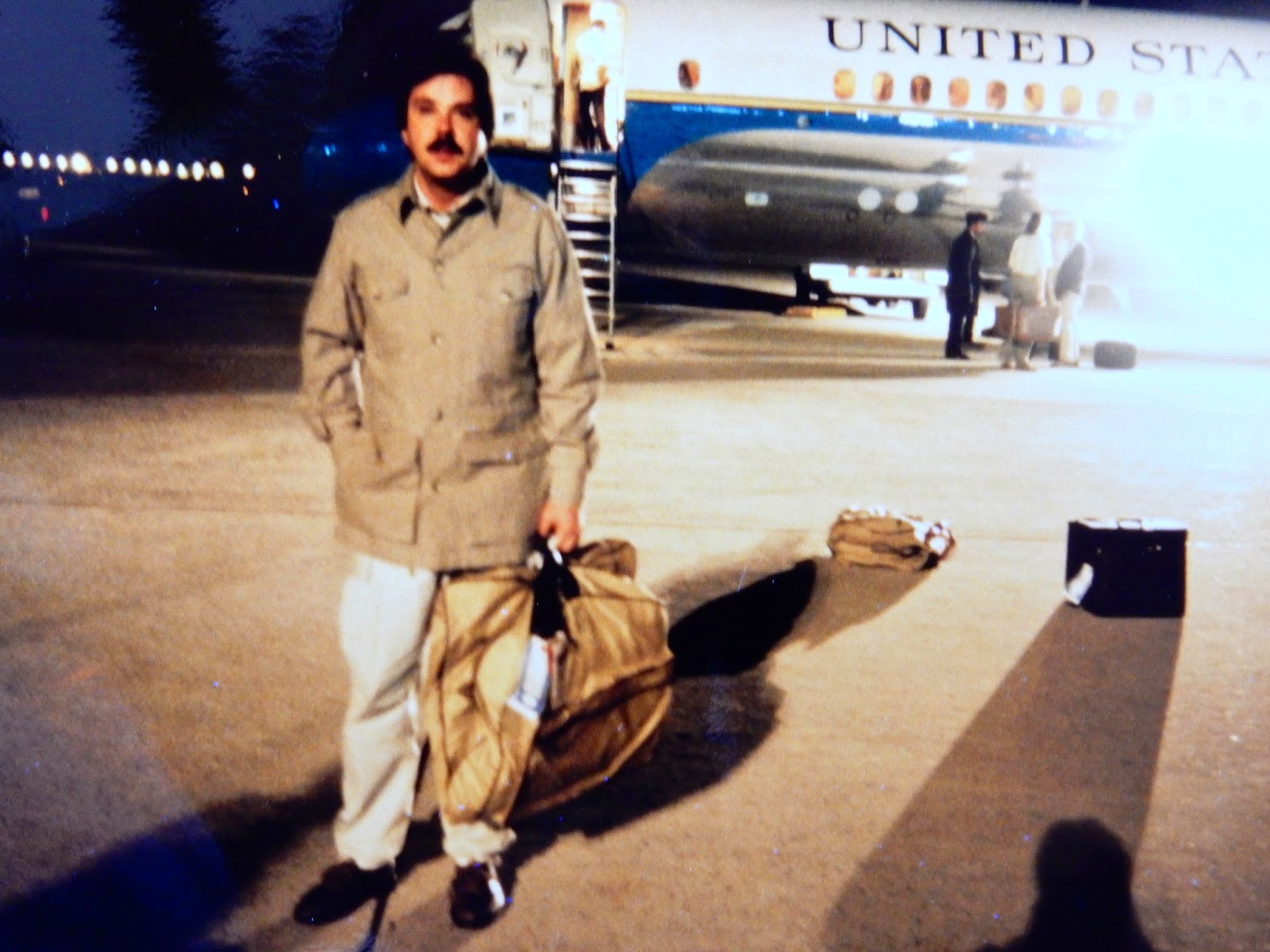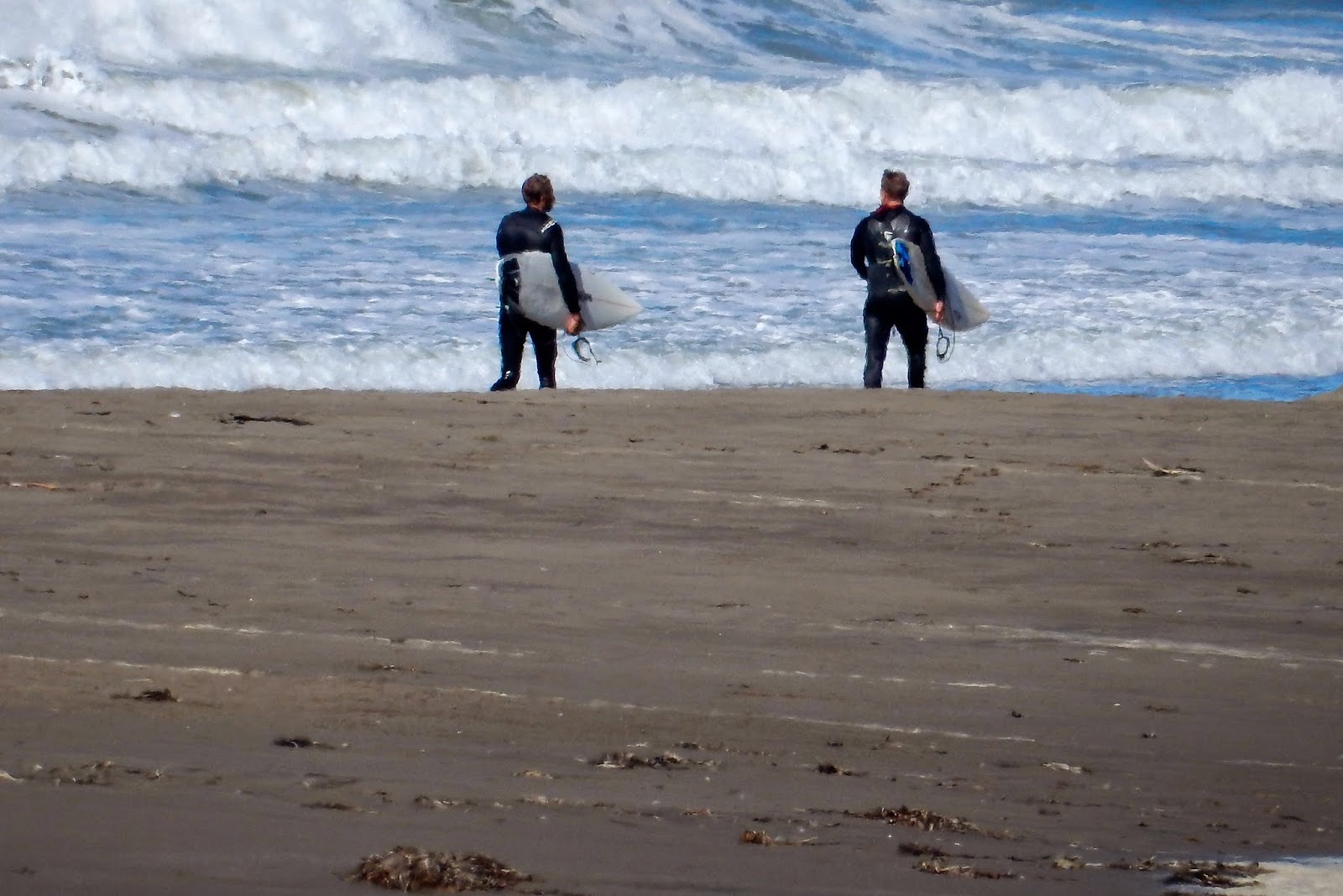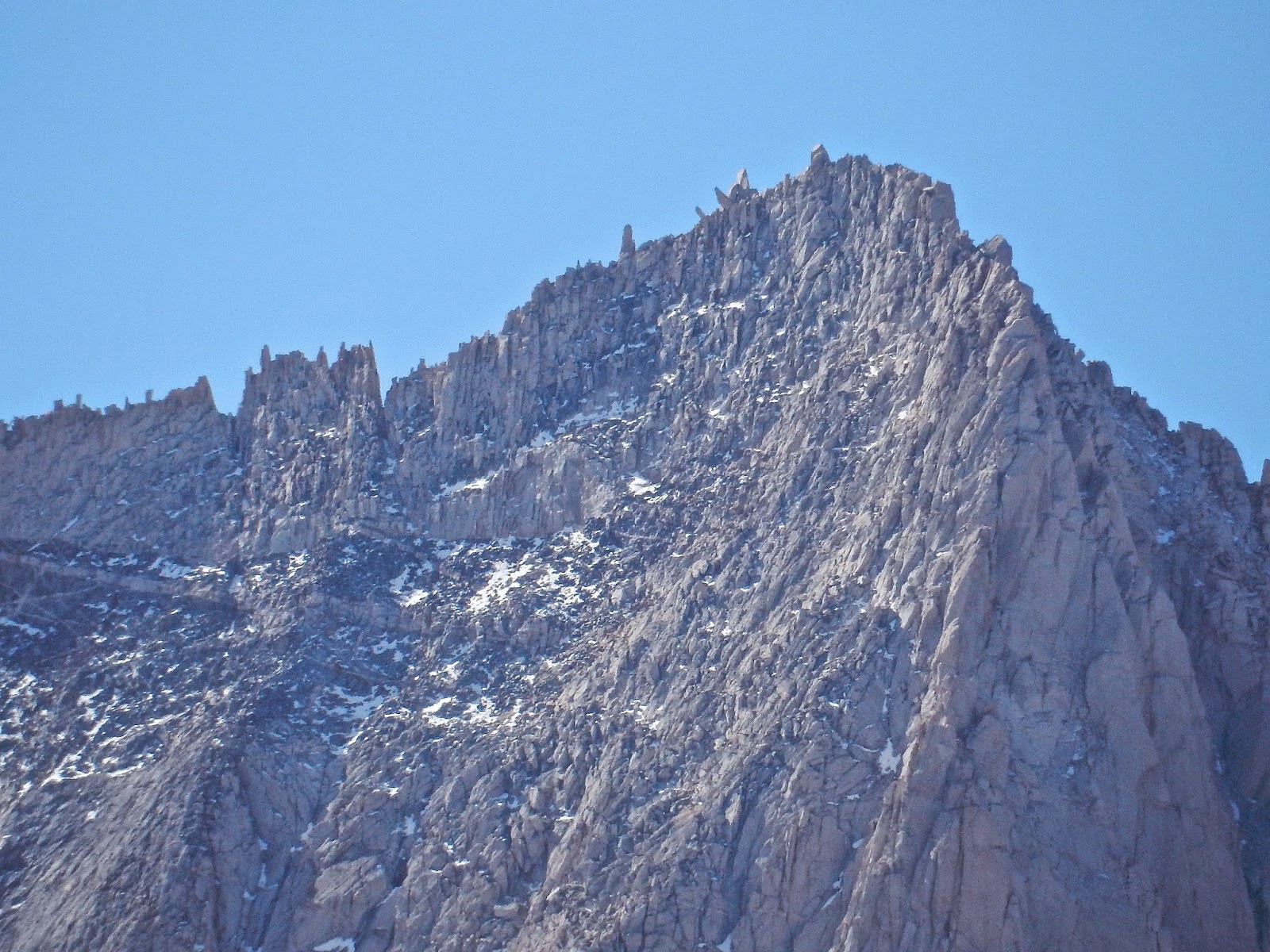TRANSFORMATIONS
A telling face of the California drought is Lake Isabella in the southern Sierra Nevada. The 11 thousand acre lake sits where the north and south forks of the
Change can be proscribed even expected or not! Sometimes nothing is ever the same.
DROUGHTKern River meet in Kern County outside Bakersfield. The reservoir can hold 586 thousand acre feet of water. It is a fraction of that.
The recreational activity has been devastated.
However fishermen find an advantage in their search, as do the
campers who have the diminished lake to themselves. Those small white spots are RV's
From the high Sierra, through the central valley and to the coast, Californians need rain and live with the consequence.
DUST UP IN PARADISE
The amount of water is a concern, but something this seaside mountain village suffers no shortage is opinion.
We're electing Community Service District board members. The Cambria Community Service District (CCSD) is "government" in this unincorporated village. Roads, public space, water and sewage are under CCSD care. Nominally the board oversees the function of the professional staff who in turn manage utilities and crews.
Three years of drought now fuel the latest chapter in a decades long battle over water sources, village size and the protection of nature including the rare Monterey Pine forest. The election has prompted a water paranoia but that is not without some value. California's Governor Brown asked everyone to reduce water use by 20%. Cambrians are as ingenious and caring as they are opinionated. The village has reduced use by as much as 30-40%.
This new "water sensitivity" reveals how gallons can be saved or recycled. But while they do it, Cambrians grumble. Catching sink or bathwater and carrying buckets to irrigate landscaping or flush toilets is not what people want to do. Nor has this village of gardeners been anything but distressed by the toll of drought and restriction on their hobbies and passion.
Enter the "blue shirts" who have upped the ante in the old fight. They remind the village of the 1990's twist in the tale. Cambrians for Water (C4 H20) rally to support two incumbent members of the board by remembering how a previous board had hooked up funding and the permitting for a desalination operation until a recall election tossed the board members and reversed the desal plans. This new group, an amalgam of residents, lot owners and business people have taken to wearing blue shirts bearing C4 H20. They've begun speaking at CSD meetings, writing letters to the editor, campaigning for the incumbents and working to marginalize and even vilify the opposition. The blue shirts say the challengers are only a vocal minority of "no growthers" or environmentalists who are, in part at least, responsible for the lack of water.
The challengers and their supporters are an amalgam of another sort. They are activists who have challenged rate hikes, residents upset by the manner in which the CCSD board has functioned, people who believe the advent of a desalination plant would be a green light to development, environmentalists who seek to protect the forest and/or natural habitat, and citizens who put a greater value on the needs of residents than the needs of tourists and the businesses that do the commerce with them.
The lines are not always clearly drawn and there are those with even conflicting values. No one doubts the need for water and most admit to being worried about it. Saying you are "for" water implies others are not, which is a bit disingenuous. It appears to me the difference is over the means by which to get and/or protect the resource and the length and cost to which to go to do so. But it is a season when people are not inclined to search for agreements, so they've divided and have aligned with candidates who share their view or something close to it. It is the practice of electoral politics, though in a village. And it is a village where everyone is rather convinced of the rightness of their own view.
People here are, or have been, decision makers, leaders, successful in careers. Cambrians are literate, studied, individualists, achievers, committed, active, eccentric and thus produce a rich field of opinions. The official population is around 6,000, but fewer year round residents. It is very much like a big high school.
The incumbents have approved the building and financing of an emergency water system (EWS) utilizing a desalination of brackish water and treated waste water that has been pumped back into the ground and reprocessed. The blue shirts like this and want to return the two to the board of five. Cost of the EWS is estimated between $9-$13 million.
The challengers question the escalating estimated costs and the delays in the operation date. They criticize the inconsistency of CCSD actions. (The board began by saying they wanted to allow more water hook ups so there could be more home building, then observed a water emergency and imposed restrictions on use while they allowed a 24/7 pumping from a community well for use on gardens, some of that water was even commercialized, then it declared emergency levels in the wells and stopped the give-away and warned the community could run out of water.) One of the challengers questions the, wisdom, business practices and transparency of decisions. Another says current residents should come first, he opposes much growth and wants to see the approved forest management plan funded and put into effect.
In a broader context it is also a battle between those who favor growth and building and those who oppose changes that will require more water or impact on the forest and nature. There are some who want to maintain the village pretty much as it is. Others want to sell or develop lots and build up the population. The state has said growth will be limited until a new water source is in place. Is the emergency treatment plant just for droughts and crisis or will it morph into a permanent operation? At what cost? That too is a dividing line. Is the water for residents, or tourists or how do you achieve a balance that is fair and equitable? That is another demarcation. Should the board use emergency water system funds to pay for a hired mouth piece? There's a lot of choosing sides in a village where interaction cuts across social groups, clubs, tennis, lawn-bowling and pickle ball courts, service organizations, coffee shops, supermarket, farmers market, the board walk, hiking trails, dog park, beach and the drug store.
And there are all of those opinions and expertise. It's been a little loud. It's been a little touchy and we are finally near the home stretch for the November election, ironically a couple of days after the new brackish water desal emergency system is supposed to start delivering water.
My bias is toward sustainability and affordability. Several years ago my daughter Katherine launched my conversion to belief in sustainability. It is the only practical way forward. This village needs to determine what sustainability means in this area given to historic droughts. I advocate for a better system of rainwater diversion and capture, implementation of home gray-water conversion systems, long term large scale storage. We should explore systems of fog harvesting as we are blessed with an abundance of marine fog. Those would help, but they alone are not solutions. Figuring it out will take the hard work of determining what vision of Cambria we pursue. How large is big enough, how much water will that require, what will it cost, how do we pay to manage the forest, how important is the forest, what makes Cambria unique, how do we achieve a balance between all of the opinions? And I wonder, is anybody listening in such a process or are we be too busy opining?
Ebola, ISIL, mid-term elections, the world series, and all of the other news of the day are being trumped here. I guess we have chosen to prioritize that which is closest to us, opinion first and foremost.
That is not an ammo belt over my shoulder, rather a battery belt that fed a camera and recorder.
See you down the trail.
Ebola, ISIL, mid-term elections, the world series, and all of the other news of the day are being trumped here. I guess we have chosen to prioritize that which is closest to us, opinion first and foremost.
THROWBACK
NICARAGUA
Earlier I posted on Gary Webb's reports on the CIA involvement in importing crack cocaine to fund the Contra War as depicted in the current film, Kill the Messenger.
December 1987, Leon Nicaragua the largest anti government rally and demonstration since the Sandinistas took control. This was during the height of the Contra war.That is not an ammo belt over my shoulder, rather a battery belt that fed a camera and recorder.
Getting home for Christmas. Arrival at Andrews Air Force Base after flying with a US Congressional Delegation that had been in Nicaragua trying to get peace talks on track.

































































